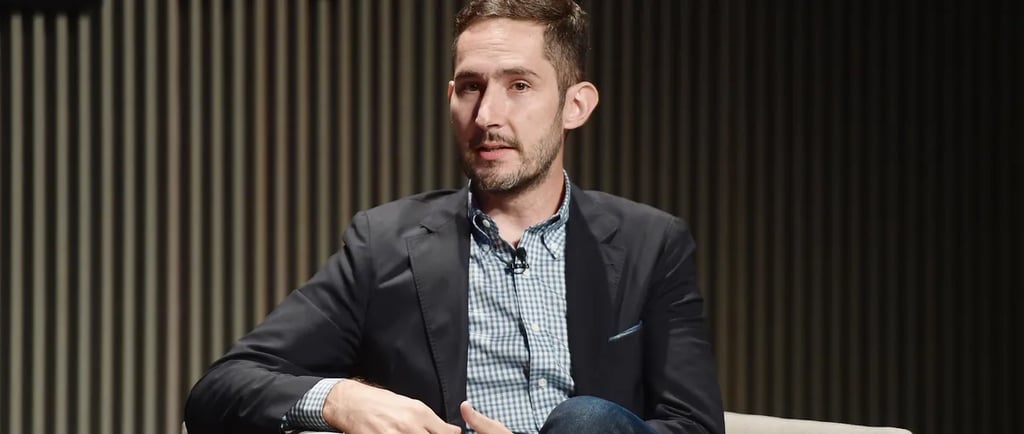The Billion-Dollar App That Started as a Failure
Kevin Systrom’s first app, Burbn, failed. But instead of quitting, he focused on one thing users loved—photo sharing. That pivot became Instagram. 18 months later, he sold it to Facebook for $1 billion. A story of smart failure and genius simplicity.
AIMOTIVATIONBILLIONAIRE
Thrivevision
5/17/20252 min read


From Failure to Fortune: The Untold Story of Instagram’s Rise
In the world of startups, success rarely comes without stumbles. Kevin Systrom’s journey from a barista learning to code at night to co-founding one of the most influential apps in modern history is proof that failure is often the best teacher.
Systrom’s first major idea wasn’t Instagram—it was an app called Burbn. Inspired by his love for fine whiskeys and check-in platforms like Foursquare, Burbn allowed users to share their location, make plans with friends, and post photos. While the concept sounded exciting on paper, the app quickly became too complex. Users were confused. Engagement was low. It was, by all early signs, a flop.
But instead of abandoning ship, Systrom and his co-founder Mike Krieger did something rare: they listened. They studied how people were using Burbn and discovered one clear trend—users didn’t care about location or check-ins. They loved posting photos.
That single insight became their turning point.
Rather than trying to fix Burbn’s many features, Systrom decided to remove nearly everything from the app except photo sharing. He focused obsessively on speed, simplicity, and filters. The result was Instagram—an app that let users take a photo, apply a filter, and share it with followers in seconds.
The shift was immediate and explosive. Within 24 hours of launching in October 2010, Instagram gained 25,000 users. Within two months, it had one million. The app’s clean design, effortless sharing, and unique visual appeal made it a magnet for creatives, influencers, and casual users alike.
Instagram wasn’t just another app—it was a cultural moment. It empowered people to capture beauty in everyday life, to express themselves visually, and to connect through imagery. And all of it stemmed from a willingness to cut back, simplify, and focus on what users really wanted.
In April 2012, just 18 months after Instagram launched, Facebook came knocking. Mark Zuckerberg saw the potential and offered $1 billion in cash and stock. It was a staggering figure for a tiny team with no revenue—but the impact Instagram was making was undeniable.
Systrom accepted the deal. But he remained at the helm for several years, overseeing the app’s expansion and ensuring it kept its minimalist essence intact.
Instagram’s success wasn’t about flashy features or massive funding. It was about clarity. Kevin Systrom didn’t win because he built a perfect app on the first try—he won because he noticed what was working, ditched what wasn’t, and doubled down on simplicity.
The lesson? Smart pivots win. Listening to your users matters more than your original vision. And sometimes, saying “no” to complexity is the smartest move of all.
Today, Instagram is used by over a billion people worldwide. It’s shaped modern communication, marketing, fashion, and even politics. And yet, its roots go back to a quiet failure that became an iconic pivot.
Kevin Systrom’s story is a reminder that the road to success is rarely straight—but with humility, focus, and adaptability, even failure can become a billion-dollar idea.
Inspiration
Explore success stories and motivational journeys today.
Growth
Vision
© 2025. All rights reserved.
